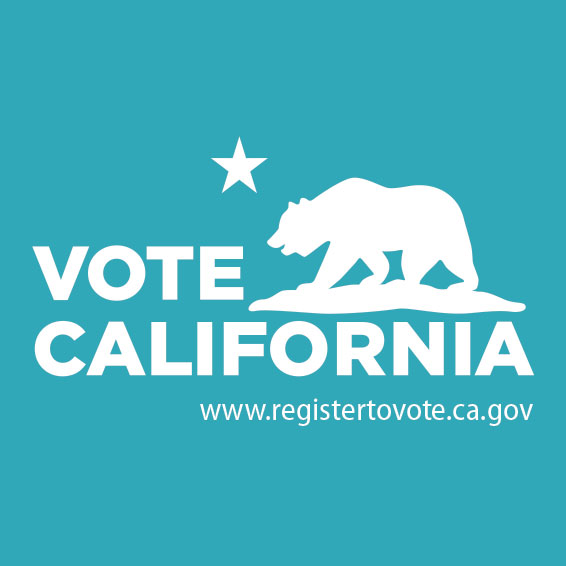Mass Transit and Vanpool Commute Program Frequently Asked Questions
The files linked from this page are PDFs and require Adobe Reader – get a free download.
What is mass transit?
Mass transit includes rail, bus, or other commercial transportation or licensed public conveyance, unless superseded by MOU language.
What is a vanpool?
A vanpool must, at a minimum, meet the definition of a “commuter highway vehicle” in Internal Revenue Code (IRC) section 132(f), including seating capacity requirements, unless superseded by MOU language.
For example, there should be:
- A minimum of four people (including the driver) in a seven seat vehicle.
- A minimum of 8 people (including the driver) in a 14 seat vehicle.
Who can participate?
Any active state employee who uses public transit passes to commute to and from work and whose salary is paid directly by the State of California is eligible to participate in the Program.
Any active state employee who participates in a vanpool - using a vehicle meeting the minimum requirements of a “commuter highway vehicle” as defined in section 132(f)(5)(B) of the IRC - to commute to and from work and whose salary is paid directly by the State of California is eligible to participate in the Program.
Employees may change their participation in the Program on a monthly basis.
Is there a cost to participate?
There is no cost for eligible employees to participate in the Program.
May I claim the mass transit and vanpool commute incentive if my commute combines using mass transit and/or vanpool with bicycling to work?
Yes. The mass transit and vanpool commute incentive may be claimed by employees who combine using transit passes and/or vanpool for a portion of their commutes with bicycling for a portion of their commutes.
How do I participate?
According to your department's internal policy, document your mass transit and/or vanpool commute and submit your reimbursement request.
Are Mass Transit and Vanpool Commute Program reimbursements taxable?
Mass Transit and Vanpool Commute Program reimbursements are not taxable if the reimbursement plan satisfies the Qualified Transportation Fringe Benefit (QTFB) requirements under section 132 (f) of the Internal Revenue Code (IRC). For more information on qualified transportation fringe benefits, please see SCO's Payroll Procedures Manual section N 161 – Transportation Incentives.
How do I provide substantiation to my department for my commute-related mass transit and/or vanpool expenses?
According to your department's internal policy, provide substantiation and certification of your commute-related mass transit and/or vanpool expenses – up to the applicable IRS maximum monthly exclusion amount – as provided in SCO's PPM section N 161.2 , N 161.3, and/or N 161.3.2. For additional clarification regarding PPM section N 161, please contact SCO's Personnel and Payroll Services Division (PPSD), Statewide Tax Support Program at PPSDSTSP@sco.ca.gov.
What is the maximum monthly amount I can claim for participating in the Mass Transit and Vanpool Commute Program?
Incentives for BUs 1, 2, 3, 4, 5, 6, 7, 8, 9, 10, 11, 12, 13, 14, 15, 16, 17, 18, 19, 20, and 21 and all excluded employees, regardless of collective bargaining ID (CBID), unless superseded by current policy or MOU language:
| CBID | Effective Date | Vanpool Participant (Driver and Rider) Reimbursement | Mass Transit Rider Reimbursement |
|---|---|---|---|
| R01, R03, R04, R06, R07, R11, R12, R14, R15, R17, R19, R20, R21, and all Excluded employees, regardless of CBID, not listed below | October 1, 2023 | 100% up to the monthly exclusion amount provided by the Internal Revenue Service (IRS) | 100% up to the monthly exclusion amount provided by the IRS |
| R02, S02, and M02 R09, S09, and M09 R18, S18, and M18. | October 1, 2022 | 100% up to the monthly exclusion amount provided by the IRS | 100% up to the monthly exclusion amount provided by the IRS |
| R05 | October 1, 2025 | 100% up to the monthly exclusion amount provided by the IRS | 100% up to the monthly exclusion amount provided by the IRS |
| R08, S08, M08, and related CEA* positions | December 1, 2022 | 100% up to the monthly exclusion amount provided by the IRS | 100% up to the monthly exclusion amount provided by the IRS |
| R10 | October 1, 2024 | 100% up to the monthly exclusion amount provided by the IRS | 100% up to the monthly exclusion amount provided by the IRS |
| R13 and S13 | August 2, 2022 | 100% up to the monthly exclusion amount provided by the IRS | 100% up to the monthly exclusion amount provided by the IRS |
| R16 | July 1, 2024 | 100% up to the monthly exclusion amount provided by the IRS | 100% up to the monthly exclusion amount provided by the IRS |
* CEAs must be directly tied to BU 8.
How do I submit a mass transit and/or vanpool claim?
Follow the established process for your department. Either submit your claim through CalATERS Global or submit a STD 262 (Travel Expense Claim)(TEC).
What happens if I submit a mass transit and/or vanpool claim and I do not meet the eligibility criteria to participate in the Program?
Making a false claim to the State of California by knowingly presenting or knowingly causing to be presented an untrue statement to obtain payment or funds from the State of California is grounds for removal from participation in the program and could result in legal action, including, but not limited to, adverse action. If you make a false claim, you shall reimburse the state for funds you receive for your participation in this Program.
How will I receive information about related updates that the State Controller's Office (SCO) makes to the California Automated Travel Expense Reimbursement System (CalATERS)?
In partnership with the policy guidance provided by CalHR, State Controller's Office (SCO) configures CalATERS Global to accept changes related to the travel program.
To subscribe for CalATERS Global updates and letters, please visit: https://www.sco.ca.gov/calaters_global_letters_subscription.html
For information about changes related to the Mass Transit and Vanpool Commute Program in CalATERS Global, please reference CalATERS Global Letter #25-001 released on January 23, 2025 for specific processing information.
When will I receive my claim check?
Payments Issued by SCO
For departments that process TECs via CalATERS Global, payment is issued in the same manner as your payroll (direct deposit or warrant). Once the form is approved by the department, CalATERS Global takes five business days to issue payment.
Payments Issued by Departments
Departments may have internal processes which include issuing claim checks directly to you.
Whom do I contact to determine the status of my mass transit and/or vanpool claim?
Contact your Department Accounting Office or your Departmental Program Coordinator.
I am a departmental accounting office. My department has employees in multiple bargaining units. How will I know which employees get the increased transit incentive?
Departments should identify which employees are eligible to receive the increased incentives in order to process the correct incentives. If necessary, please work with your departmental personnel office to determine employee eligibility for the increased incentives.
I am a departmental accounting office. My department uses a transit agency's online portal to process employee transit incentives. How do I process different transit incentive amounts for different employees in a transit agency's online portal?
Follow the established process for your department. Contact the transit agency for information about processing different incentive amounts for different employees. Transit agencies may allow departments to create an additional account to process the increased incentive.



